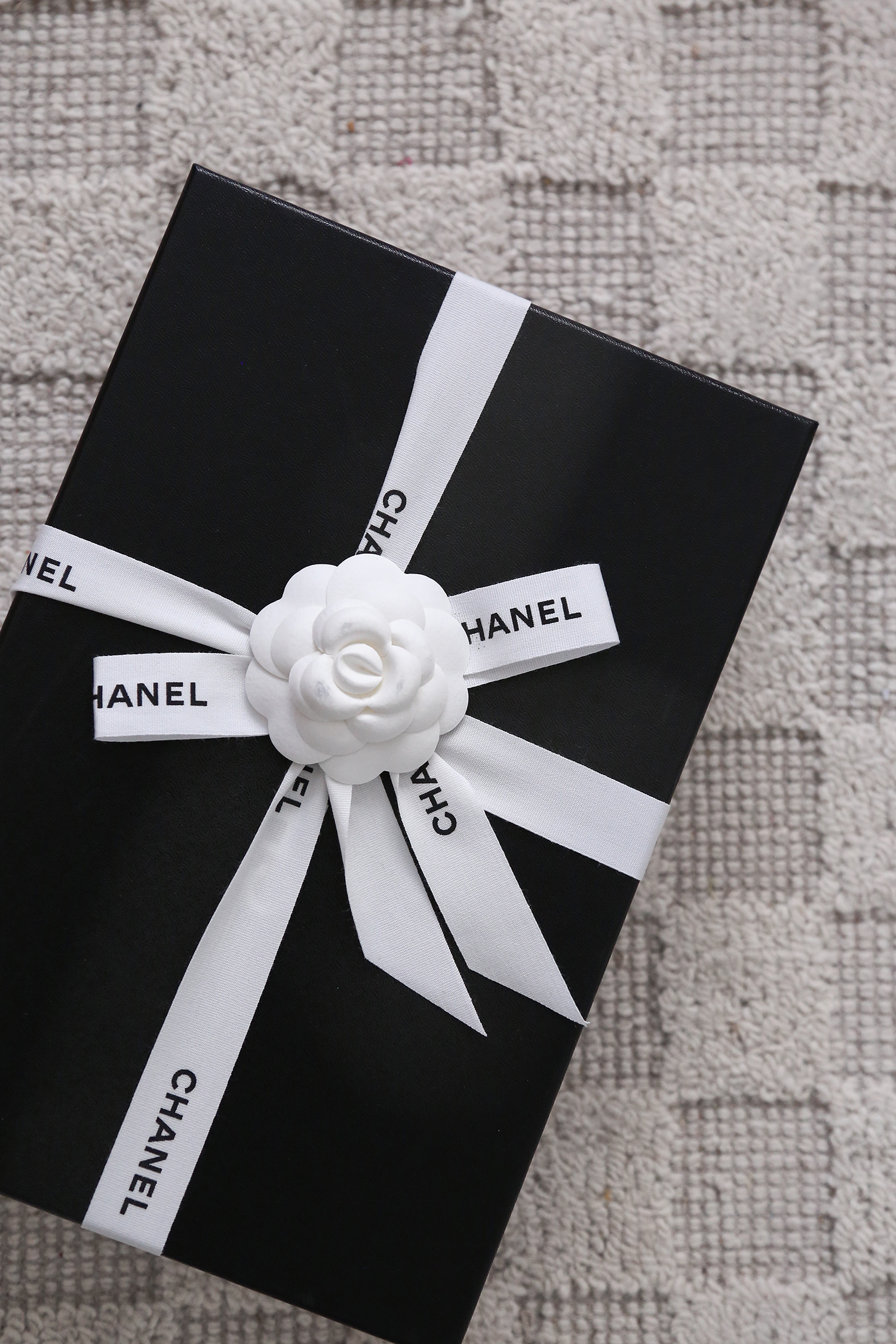
The reality is that no matter how much you covet a singular item, eventually, it’s just going to become stuff. But hopefully, the type of “stuff” that you are wearing all the time.
Off the back of a recent splurge purchase – a pair of sleek black loafers from Chanel – I found myself dissecting what qualities make an expensive (for you) purchase worthwhile. What qualities make it a standout? Something you’ll actually end up reaching for without fail, and not some long forgotten expensive must-have that now sits at the back of your closet (RIP my Gucci loafers).
So below are five things that I’ve found make a world of difference when I’m wondering if an item is worth splurging on. And while there may still be the odd outlier, I’ve found my most successful expensive purchases all have these in common.
You’ll reliably wear it on repeat
It needs to deliver. What’s the point in spending all that money on an item you never wear? Knowing your sense of style and what you gravitate towards is key to determining this one.
Often, these sorts of pieces are upscaled versions of something that we already own. Or, serve a similar purpose to something we’re wearing already. If you’re not sure, try documenting your outfits and see which items are showing up on repeat. If you’re thinking about spending up big on a pair of ballet flats but you never wear them, or just don’t reach for a feminine shoe, then it might not be the right purchase for you.
An example of a splurge piece that I went on to absolutely thrash was a Helmut Lang blazer I purchased in my early twenties. Elevated design which still felt classic, and ended up being a cornerstone piece for most of my outfits for years and years.
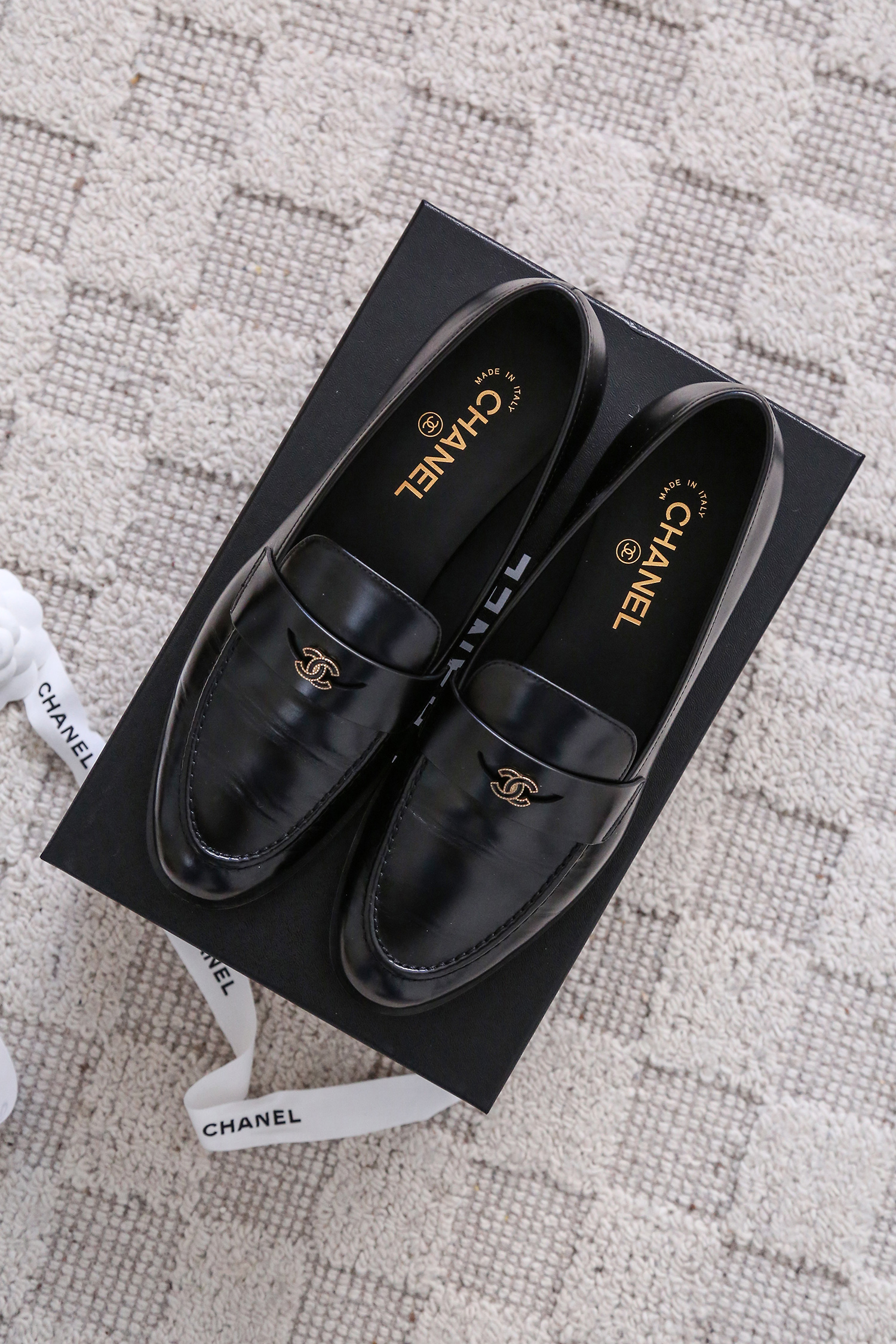
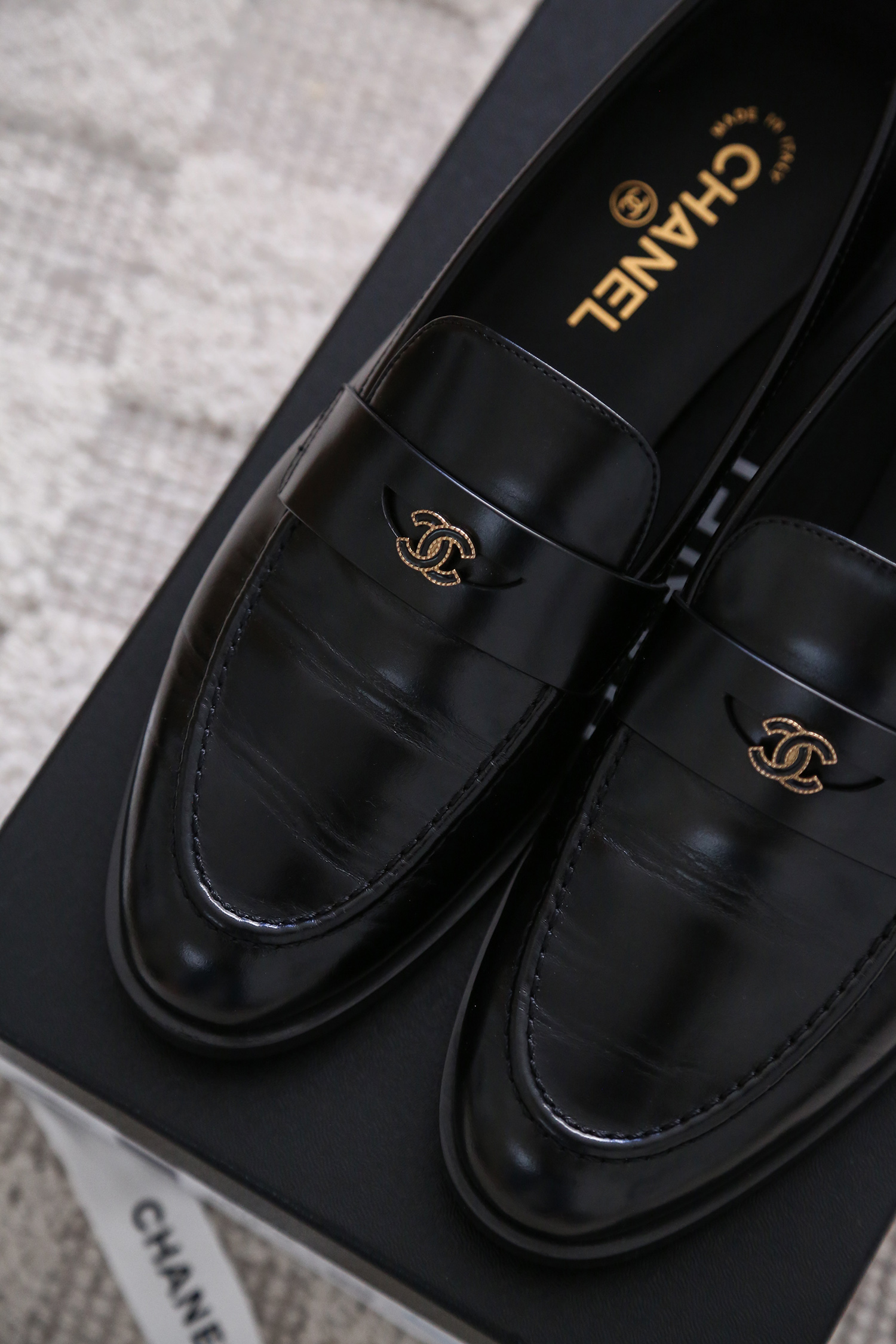
It’s a rarity
What I mean by this is, that spending that kind of money on a singular item is a once-in-a-blue-moon type of purchase. But also, you can interpret this to mean that it’s not an item you have multiples of in your closet already.
For something to be a “special” piece in your closet, the very act of going through with the purchase won’t be a regular thing.
And if we go back to my example about the Helmut Lang blazer; one of the very reasons that was such a successful purchase, is because it was the only black blazer I owned. So every time my outfit called for a black blazer, that was it. It also had inherently timeless and slightly more formal qualities that the two other blazers I owned at that point lacked (a coral linen blazer, and a shrunken navy blazer). So it served a purpose that neither of those two jackets could fulfil .
It’s in your colour palette
This doesn’t mean it has to be a neutral. But what it does mean is that it should be a colour that you’re wearing frequently or that works back with your most commonly reached for items.
While there’s no denying that some of the most fun purchases are those that are a statement, when in doubt, stick with what you know.
It needs to be comfortable
This one’s simple, but if it’s not comfortable, you’re not going to wear it. Regardless of how classic it is.
What I’ve found over the years is that if something requires a lot of adjusting, gives me blisters, feels too tight (or too loose) I’m going to look to other areas of my closet before I even consider that piece as an option.
An example from my own closet, is a pair of “timeless” Gucci loafers. I’d coveted these for years, even buying a more affordable alternative which I wore on repeat. But the Gucci pair were impossible to get on, and generally felt a little too snug across the foot. My tolerance for “narrow” shoes has really declined over the years, and because I know I have plenty of other options in my closet, I’d always spring for a shoe that felt roomy across the foot instead.
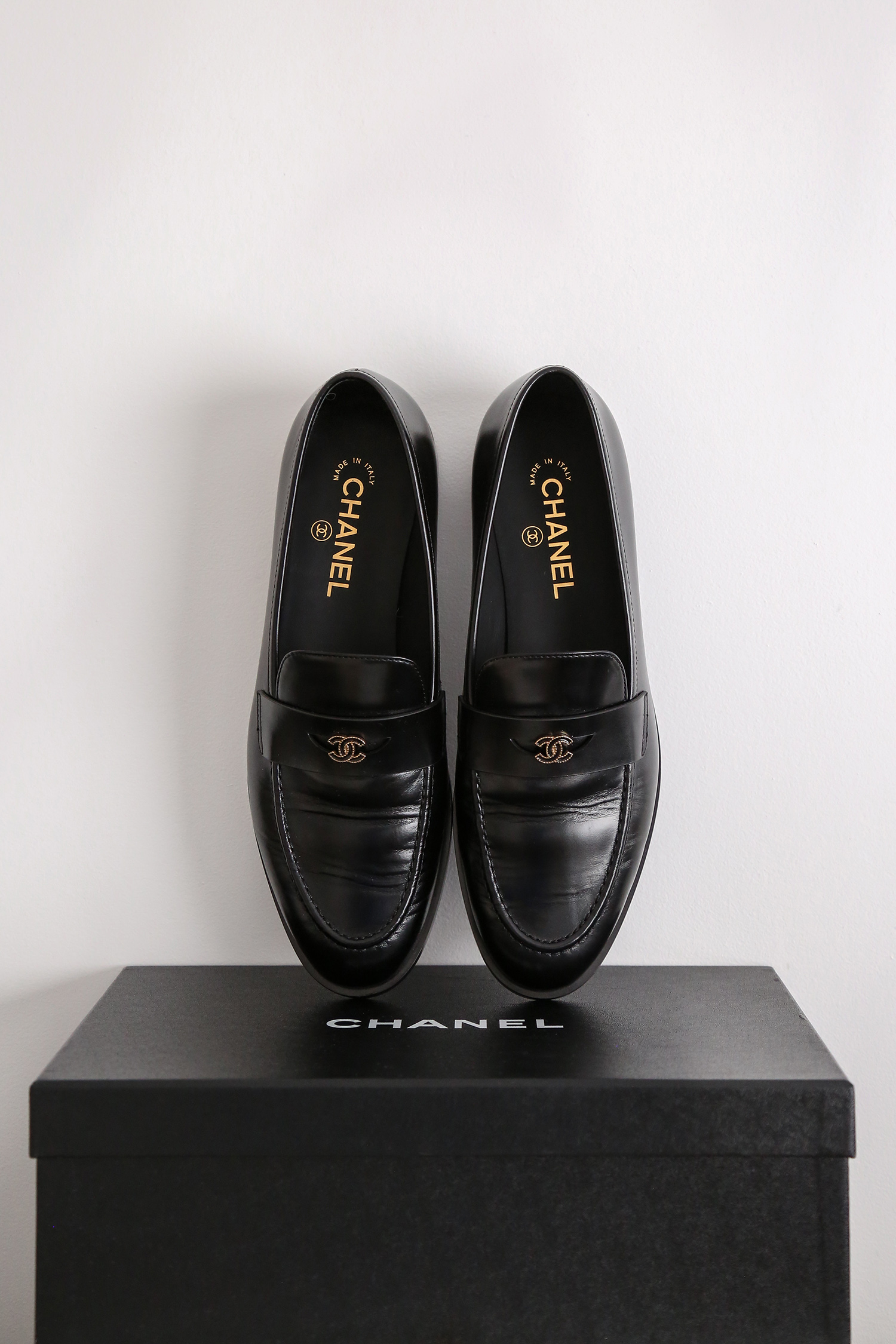
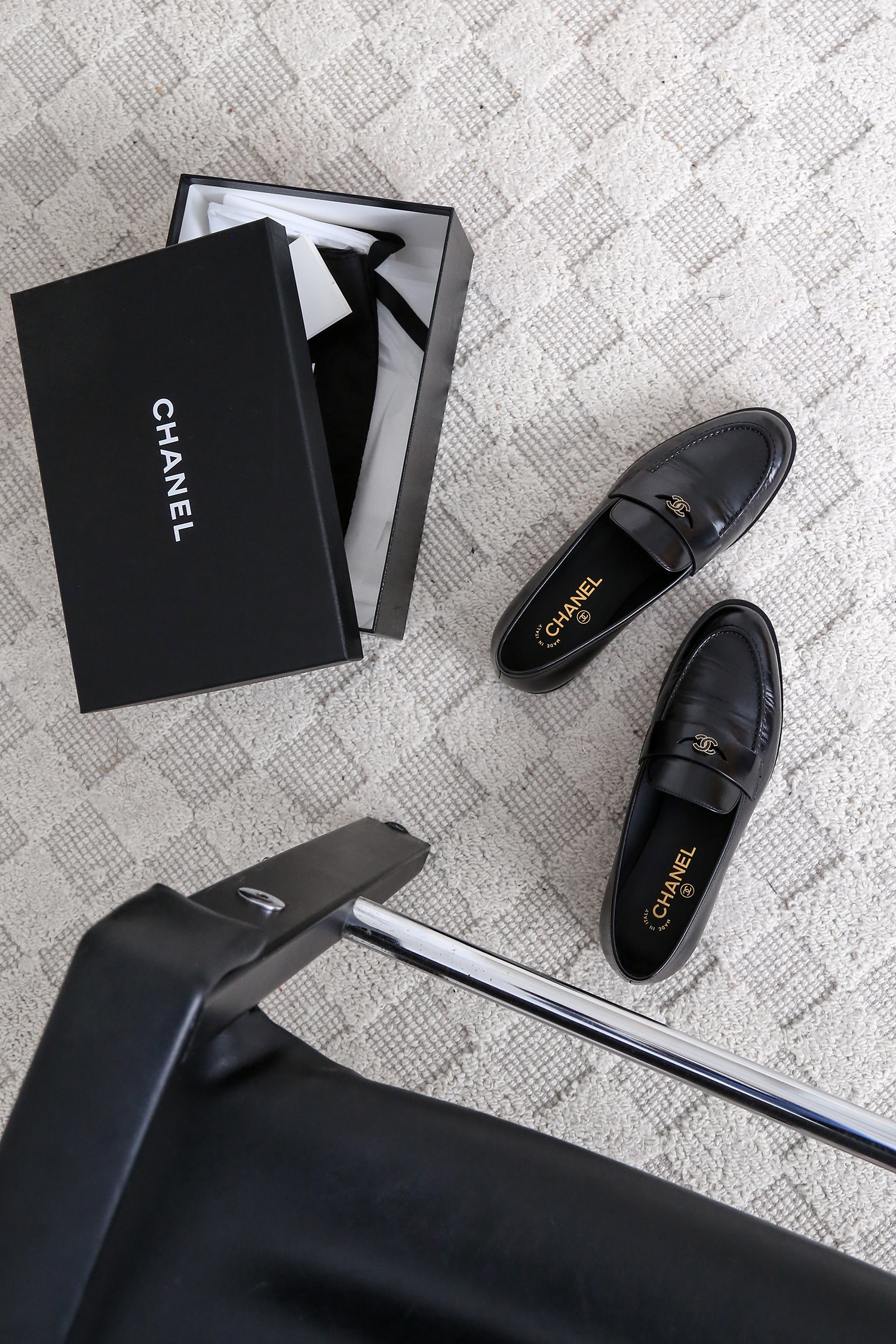
You need to love the item even when it’s *lived* in
Will you still have as much love for this item once it’s lived in? When it’s been worn for months on end. Shoes that are scuffed and creased across the foot. Sweaters that are pilling and lacking the same “structure” they had on the first wear, that are in need of some serious maintenance. Linens that are creased and have a loamy quality (no longer crisp and starchy).
Depending on the item, what this looks like will be different. But it highlights one very important aspect of buying a splurge piece. You can’t be too precious with it. Even with the utmost care, items will start to look a little worn over time. It’s the very nature of clothing, shoes, bags etc. Instead, what we can focus on is how to keep it looking its best. Because we’re always going to love how something looks when it’s new. Pristine.
Again, returning to those Gucci loafers I mentioned before; another reason why I was loathe to wear mine was that the leather was so delicate – even with leather protectant they developed water marks from little droplets, despite trying to take care to keep them as pristine as possible. The smooth leather was also very prone to getting scratched up, and to this day is something I often will avoid as a matter of principle when buying any kind of leather goods.
Where the difference lies in my latest shoe purchase, is in the details. I can’t even tell you how many people asked me if the creases on the shoes were intentional or if they’d already been worn in. And surprisingly, I was delighted it was the former. Creased up shoes have a sense of character. They feel and look loved, worn in, less precious. And while I’ll probably wince the first time I notice an all-too-inevitable scratch pop up on the toe, I already have a starting point for my expectations of how they’ll wear over time.


Hi! Which model are those Chanel loafers? They’re beautiful!
Author
Hi! Thank you so much. They were just called Leather Moccasins. If you look online they only seemed to have the light grey-purple hue. The SA told me I got one of the last pairs in black as this exact style wasn’t returning, a shame as I think it’s one of the nicest loafer designs I’ve seen at Chanel!